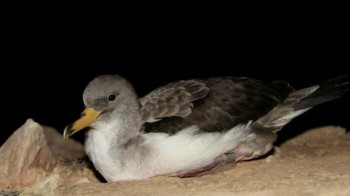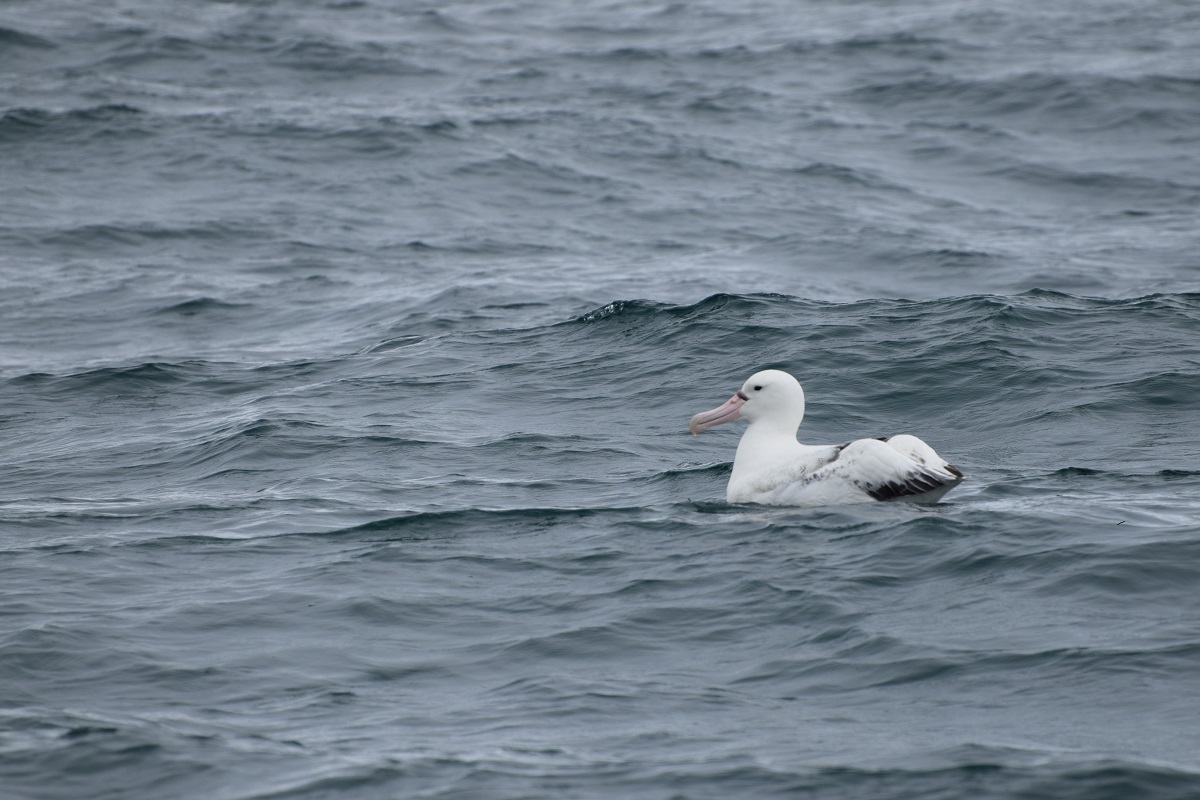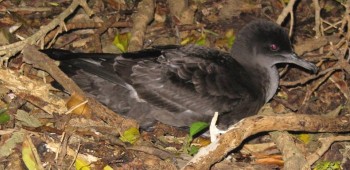The 2018 Red List update process for birds is now under way and BirdLife International’s Red List team has begun posting new topics on the Globally Threatened Bird Forums’ website. There are fora for different categories of birds, including one for seabirds.
Two ACAP-listed albatrosses are currently under review, with information on them available on line, along with requests for comments:
Amsterdam Albatross Diomedea amsterdamensis: downlist from Critically Endangered to Endangered?
Shy Albatross Thalassarche cauta: uplist from Near Threatened to Vulnerable?

Amsterdam Albatross, photograph by Kirk Zufelt
Comments on these two albatrosses will be considered in July. Preliminary proposals for changing their category of threat will then be posted. An opportunity to comment further will be given before final recommendations to IUCN are collated. The new and revised species assessments and updated factsheets will be published on the BirdLife International website and incorporated into the 2018 IUCN Red List, currently scheduled for release in November.
“This year, we are also inviting people to send in suggestions for species that may warrant an urgent Red List status change. In order to make sure that there is sufficient time for species to be given a full re-assessment against IUCN Criteria, and to be put through the forum process, the deadline for these submissions is 31 March 2018.”
With thanks to James Westrip, BirdLife Red List Team.
John Cooper, ACAP Information Officer, 25 January 2018

 English
English  Français
Français  Español
Español 




